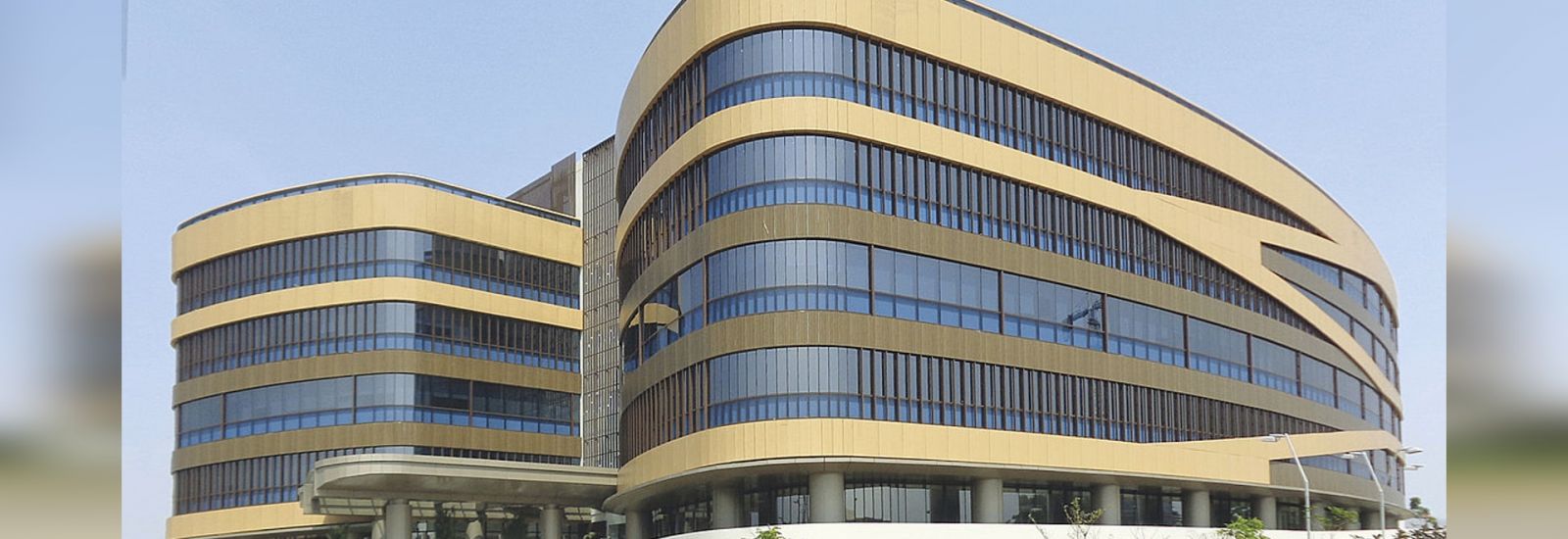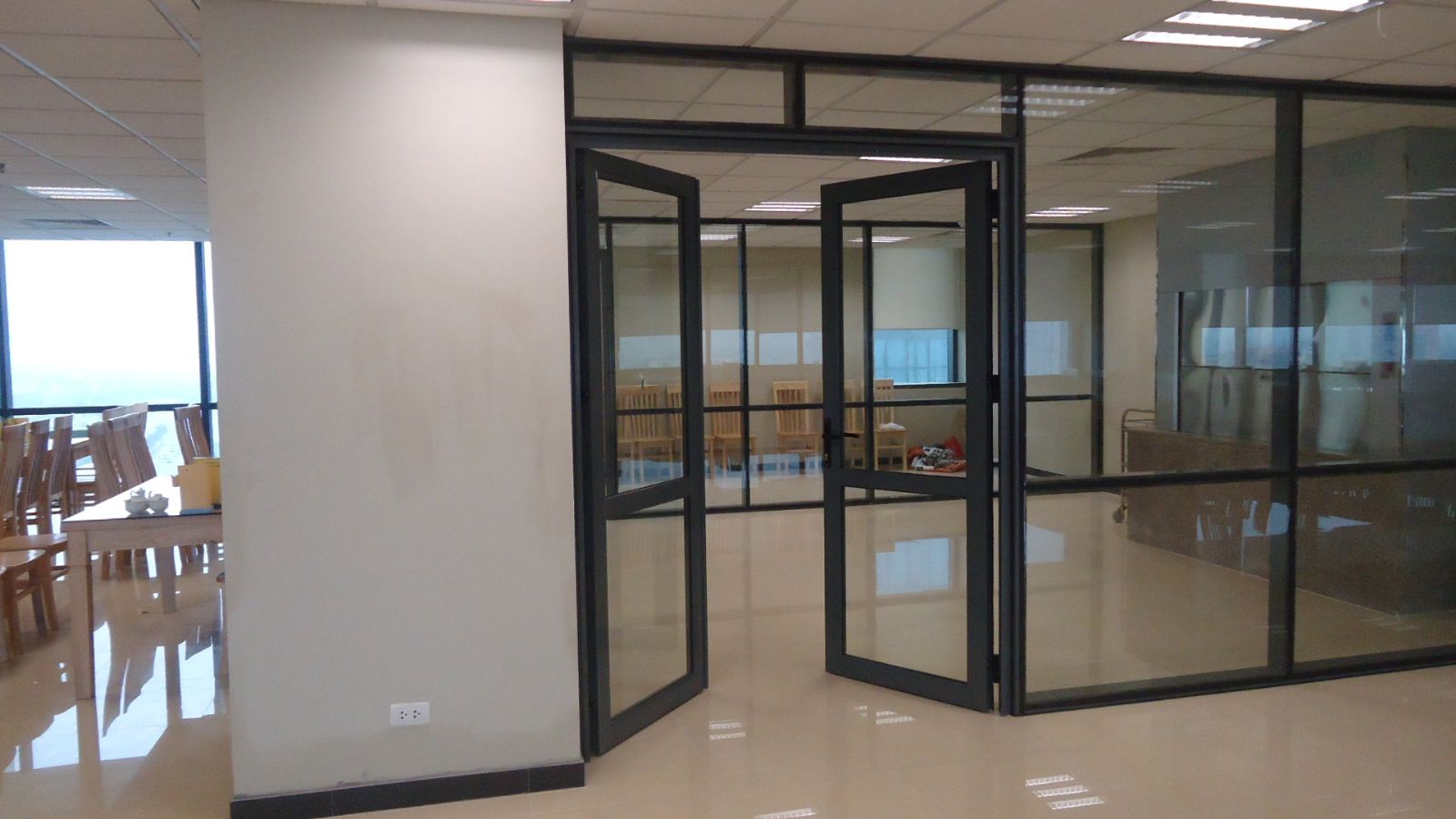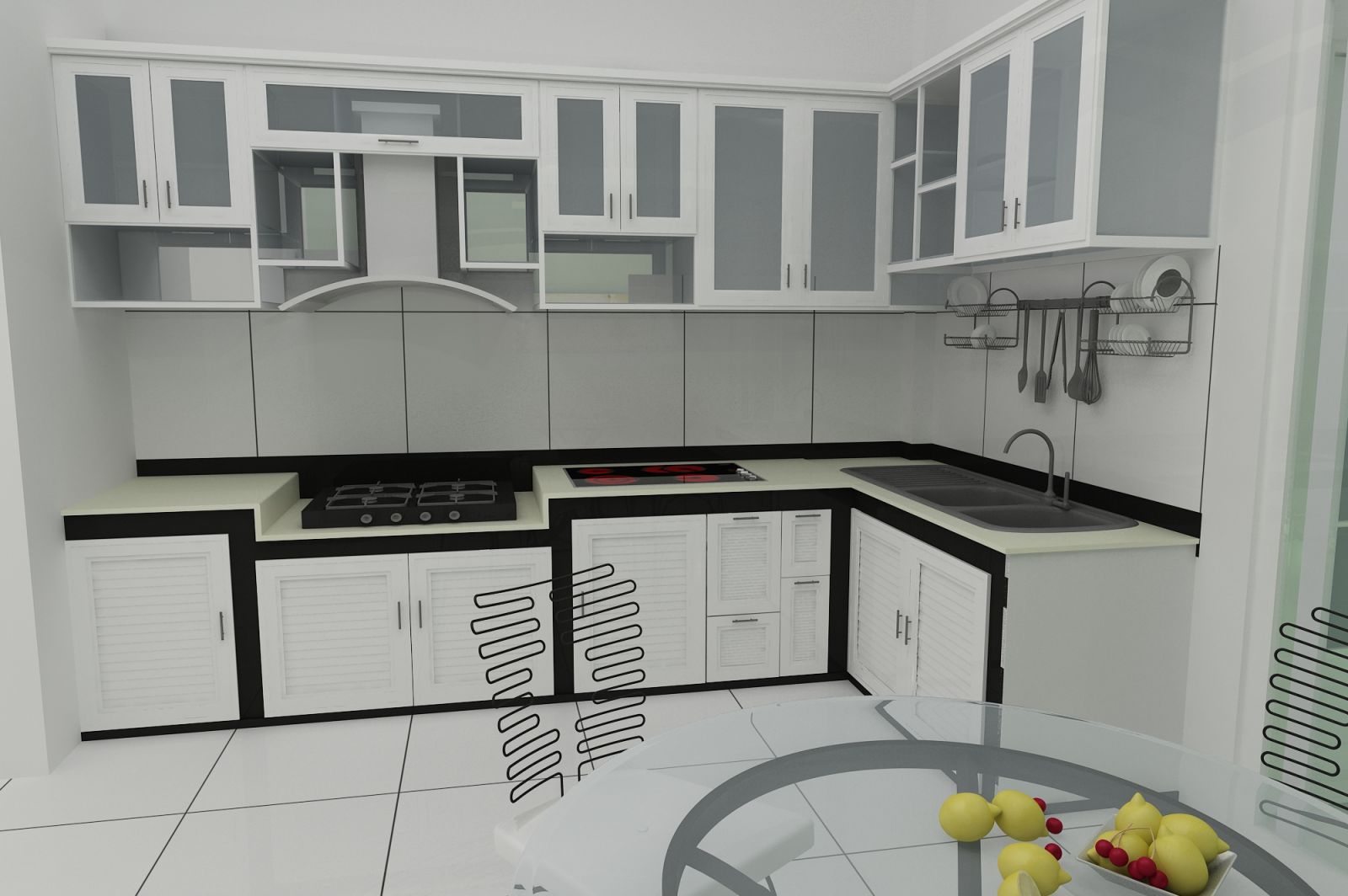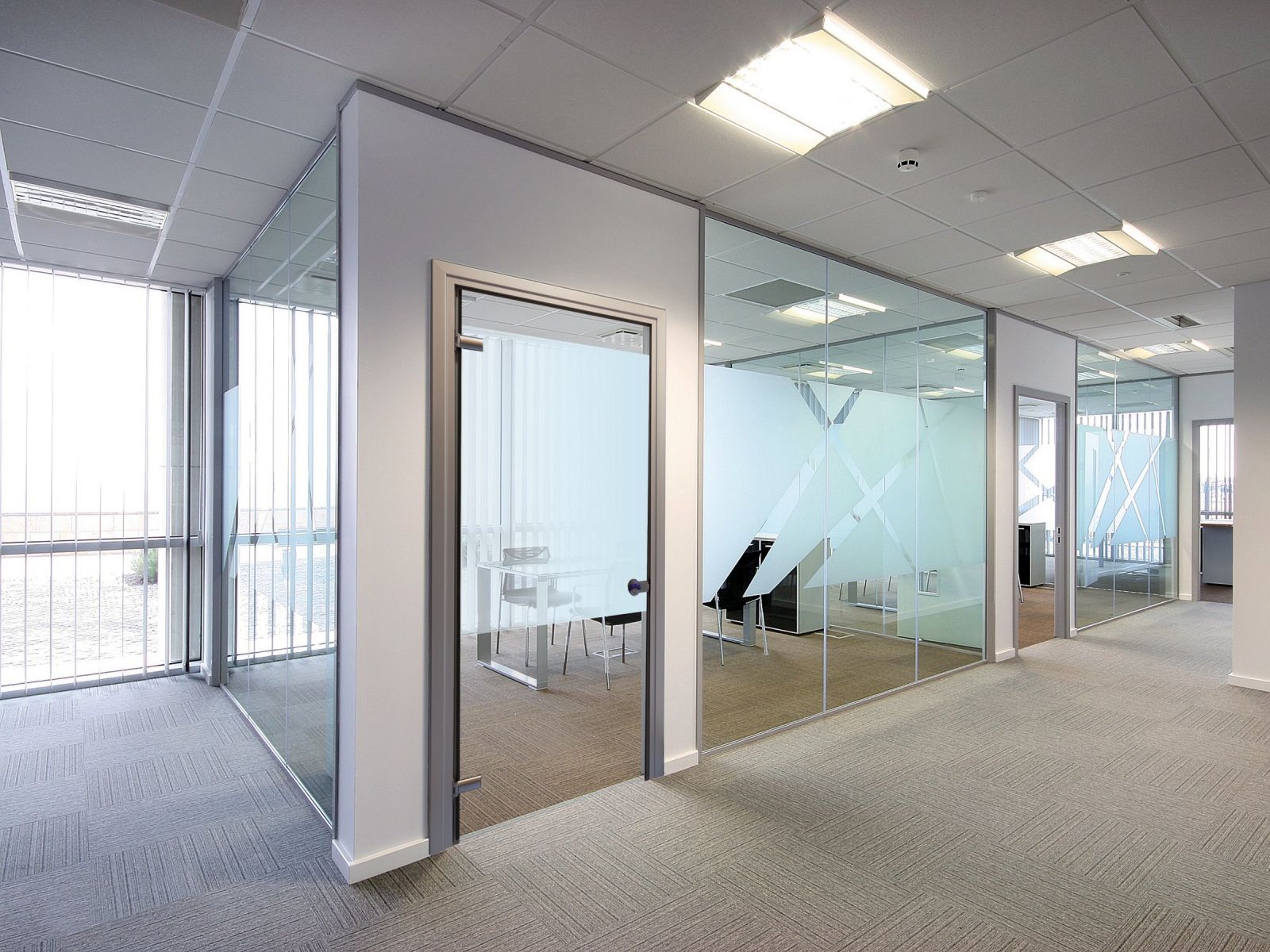Aluminum is a very familiar material, it almost appears in every house. from household items to the elements that make up the interior.

The building is covered with aluminum alloy
Aluminum is the most common metal in the earth's crust, the density of aluminum is only one third of iron or copper. Aluminum is very soft, flexible and easy to process. It is resistant to corrosion and durability due to the protective oxide layer.
Aluminum is also non-magnetic and does not flow in normal environments. Structural components made of aluminum or aluminum alloy are very useful in the aerospace industry. Other areas such as transportation and structural materials.
Aluminum is also used in home appliances, kitchen appliances, furniture. With its superior features, aluminum is increasingly being applied to modern buildings.
.jpg)
Some applications of aluminum alloy cookware in the kitchen.
The properties of aluminum are very light, when the outside air is oxidized and forms a membrane (also known as aluminum oxide). It itself forms a surface that adheres to the layers, inadvertently forming a very protective shell for aluminum.
Because of these different characteristics, aluminum is used in a lot of architecture as well as in the exterior of the house.
Normally, aluminum can only be used in architectural decoration. However, when combined with other materials such as glass will make the perfect product in the house.

The perfect combination between aluminum and glass
Possibly due to the physical characteristics, due to the same thermal expansion, aluminum and glass are used to create a high aesthetic, common in the interior equipment.
In terms of the aesthetics of the feng shui element, aluminum and glass are mutually exclusive. Because of aluminum alloy, glass of territory. Sulwhasoo should combine the harmony of aesthetic factors and feng shui.
In addition, aluminum can be combined with wood. Combination of wood with aluminum foil to increase the durability of the product, without the aluminum layer outside, the life of wood products will be shorter.
Classification of aluminum can be divided into two types: aluminum bars and aluminum sheets, in each one is classified according to aluminum interior and exterior. Depending on the requirements of the work that people produce to suit the style, color as well as durability to serve the function later.

Interior aluminum kitchen cabinet in the apartment
Today's modern buildings often face aluminum panels, to enhance the beauty of the building. Because of its variety, it can be color-coded, easily styled. The application of aluminum in the architecture is very rich, diverse.
For aluminum bar, application in interior decoration. Such as cabinets, shelves, decorative panels or lamella. Make the sun shining on the outside. Even, there are places to use the roof.
Aluminum combines with glass to create a modern look for the architecture of high-rise buildings and apartments. Aluminum creates an aesthetic effect on the home, when combined with light and openings create a sense of openness inside the house.
To improve the kitchen, aluminum also contributes to the neatly arranged, tidy to avoid disturbance in the arrangement order.
In modern offices, aluminum is used for skeletal system and light partition to create dynamic, youthful atmosphere for work in the office.
Aluminum partition, skeleton in office
Agents that break down aluminum structures can be divided into two categories: physical and chemical. Physical agents are collisions, external forces. Chemical agents are substances such as acids and corrosives.
The safety level mainly consists of two factors: the strength and sharpness of the shielding material. For example, the safety corridors on high-rise buildings must be calculated so that the bearing capacity must be ensured, not too thin but sufficient to meet the architectural demands of the works.

When processing and processing finished, the aluminum products must be smooth, the angles are compact if not will endanger the user.
Pure aluminum has a low tensile strength, but when machined with a number of elements will produce alloys with significantly increased mechanical properties.
In both quantity and value, the use of aluminum surpasses all other metals (except iron) and plays an important role in the world economy.